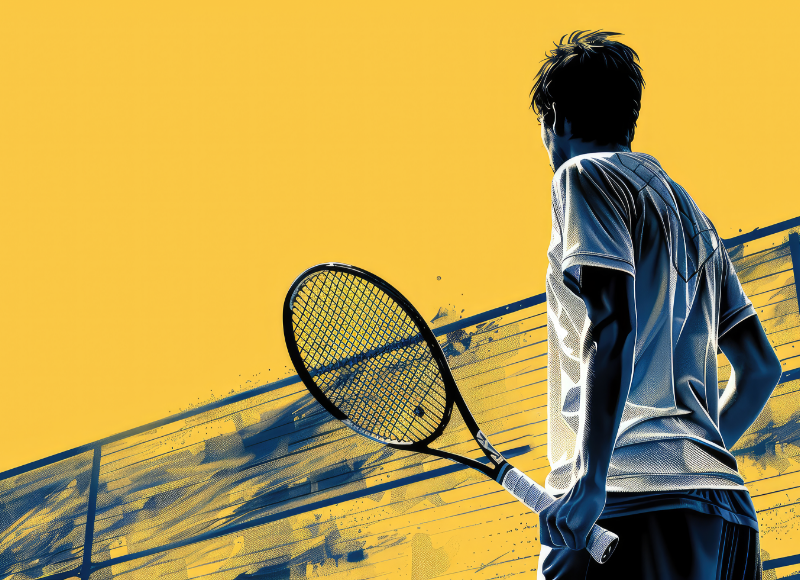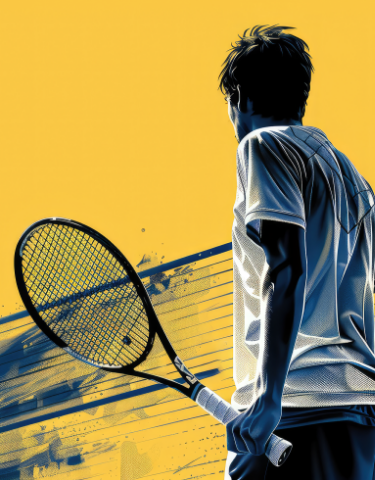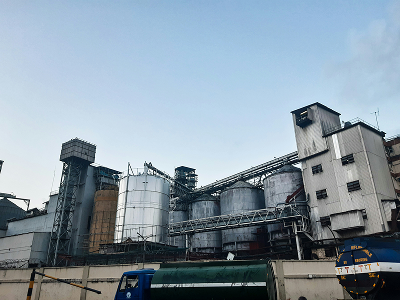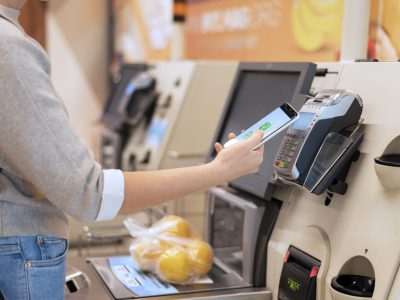Carlos Alcaraz’s legendary victory at Roland Garros 2025, after playing the longest match in the tournament’s history, was not just a display of athleticism — it was a masterclass in risk management. As someone who plays and closely follows tennis, watching Alcaraz’s journey unfold this season has been both thrilling and insightful—especially through the lens of risk management.
While tennis is often viewed through the lens of technique and stamina, this remarkable win offers valuable insights into how businesses can apply enterprise-wide risk management (ERM) principles. From navigating unpredictability to adapting under pressure, Alcaraz’s performance demonstrates that calculated risks and strategic resilience are key to long-term success.
Embrace Change and Innovation
Alcaraz’s playing style has evolved to meet the growing demands of modern tennis. His adaptability mid-match — shifting tactics, adjusting pacing, and responding to his opponent — mirrors the dynamic nature of ERM. In a fast-changing business environment, companies must innovate continuously and refine their strategies to remain competitive. Organizations that fail to evolve risk being outpaced; those that do can unlock new opportunities for performance and growth.
Understand Your Environment
Victory at Roland Garros requires more than just power — it demands a deep understanding of clay court dynamics, weather conditions, and physical limits. Alcaraz’s awareness of external factors allowed him to anticipate threats and seize windows of opportunity. Similarly, enterprise risk management requires organizations to scan the external environment, understand macroeconomic shifts, and tailor responses to stay ahead of risk events.
Be Resilient in the Face of Pressure
The 2025 final tested Alcaraz’s endurance, both physically and mentally. Every rally was a risk, every point a potential turning moment. But his calm and structured play demonstrated resilience under pressure — the same kind of composure businesses need during crises. ERM isn’t just about risk identification; it’s about building resilience frameworks to withstand prolonged challenges and rebound stronger.
Mitigate Risks with Preparedness
Alcaraz didn’t just show up and improvise — he trained for all match scenarios, including long play and unpredictable outcomes. That preparedness of risk awareness paid off. Similarly, organizations must proactively identify potential risk events and implement contingency plans. Preparation reduces reliance on reactive decision-making and helps navigate volatility with confidence.
Strive for Sustainable Performance
While many players peak and fall, Alcaraz has built his career with a focus on sustainable, long-term performance. He manages injuries, recovers smartly, and invests in holistic health. This mirrors the sustainability imperative in ERM. Businesses must balance risk with long-term value creation, ensuring their risk management strategy is resilient across financial, environmental, and operational dimensions.
Encourage a Culture of Agility
Alcaraz’s team plays a crucial role — from coaches to physios — all aligned to respond quickly to shifts in momentum. In enterprise calculated risk management, fostering a culture where teams are empowered to respond swiftly to risk signals is critical. Agility enhances decision-making and reduces response times in uncertain situations.
Learn from Setbacks
Alcaraz has faced tough losses in the past. But each match has informed his growth, refining his playbook. Likewise, organizations must analyze risk incidents not as failures but as learning opportunities and encourage adaptive risk management strategies. Post-mortems and debriefs are essential in creating a feedback loop that strengthens future strategies.
Carlos Alcaraz’s Roland Garros win is a story of grit, strategy, and foresight. It teaches us that enterprise-wide risk management is not limited to corporate boardrooms. By being adaptive, understanding one’s environment, planning for uncertainty, and fostering resilience, businesses — like champions — can go the distance.
The author of this blog is Kosha Parekh, Director – Academics at IRM India Affiliate















